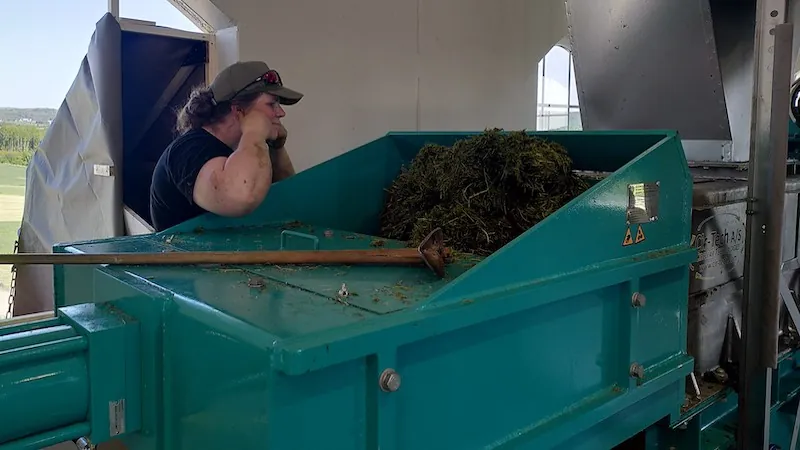
Unlocking the Secret: How Your Pigs, Chickens, and Fish Can Thrive on Grass!
2024-11-10
Author: Noah
The Revolutionary Biorefining Process
Introducing grass into the diets of non-ruminant animals is possible through a cutting-edge biorefining process. This method uses a screw press to break down plant materials, extracting valuable nutrients and liquids, and concentrating grass proteins into a form that's easy for animals with simpler stomach systems like pigs, poultry, and fish to digest.
A Grass Revolution in Norway
Did you know that over 50% of Norway's agricultural production consists of grass? At the forefront of this innovation is NIBIO, Norway's agricultural research institute, which has launched the nation’s first pilot plant for green biorefining at Tuv experimental farm in Steinkjer. According to Audun Korsæth, the division's director, integrating grass with nutrient-rich seaweed — which boasts up to 30% protein content — will make this biorefinery operational throughout the year.
Meeting Future Feed Demands
As demand grows for alternative feed sources in aquaculture and livestock farming, the combination of grass and seaweed could be the breakthrough we need. Gjermund Bahr, a Senior Advisor at NIBIO, emphasizes the pressing need for new animal feed solutions that meet the nutritional requirements of modern aquaculture.
Building on Success in Denmark
Collaborating with researchers from Aarhus University in Denmark, the pilot plant in Norway draws on proven methodologies. Danish studies have already shown that it’s feasible to incorporate up to 15% grass-based feed in pig diets without compromising meat quality. Remarkably, researchers have even demonstrated that soy can be fully substituted, paving the way for more sustainable farming.
Feeding Trials that Surpass Expectation
NIBIO is currently undertaking feeding trials not just with pigs, but also with chickens and dairy cattle under the project "One Crop Two Diets." Initial results from dairy cows suggest that when fed pulp — the fibrous residue left after biorefining — they may produce comparable milk yields as those fed traditional silage. This could potentially lead to less time spent ruminating and fewer methane emissions, a critical factor in today’s climate-conscious farming landscape.
Addressing Economic and Quality Challenges
While the potential is enormous, challenges remain. In Denmark, grass protein is still significantly pricier than imported soy. As Kari Ljøkjel from Felleskjøpet Feed Development pointedly notes, feed factories require large volumes of consistent quality. To achieve this, research continues to explore innovative, high-value products that can be derived from the residues left after valuable protein extraction.
Looking Ahead: A Bright Future in Animal Feed
With optimism running high, Steffen Adler, project leader for "One Crop Two Diets" at NIBIO, envisions the new plant as vital for both national and international research initiatives. This facility could soon become a beacon for industry collaboration, unlocking unprecedented research and innovation.
Conclusion: The Future Is Green!
Who would have thought that grass — a common sight on pastures — holds the key to more sustainable farming for a multitude of animals? With ongoing research and innovation, we’re slowly uncovering the secrets to feeding pigs, chickens, and fish grass, creating a more environmentally friendly and efficient future in agriculture. Are you ready to join the green revolution?
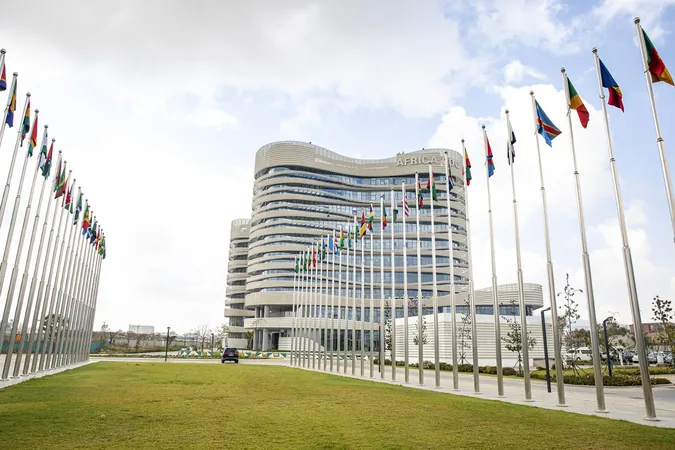
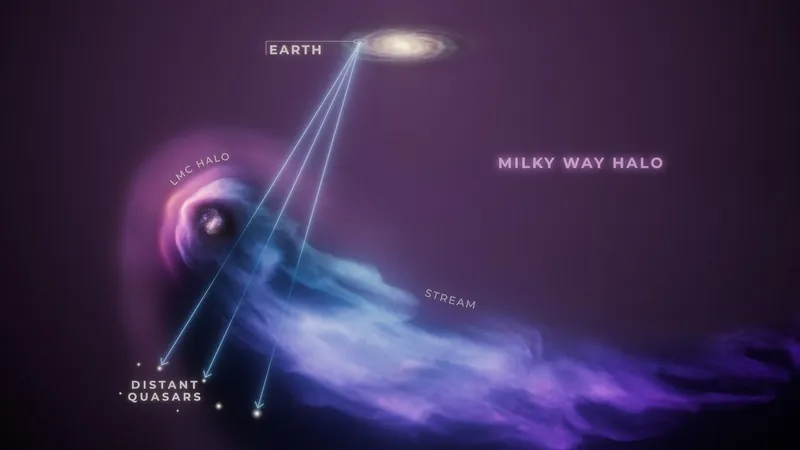
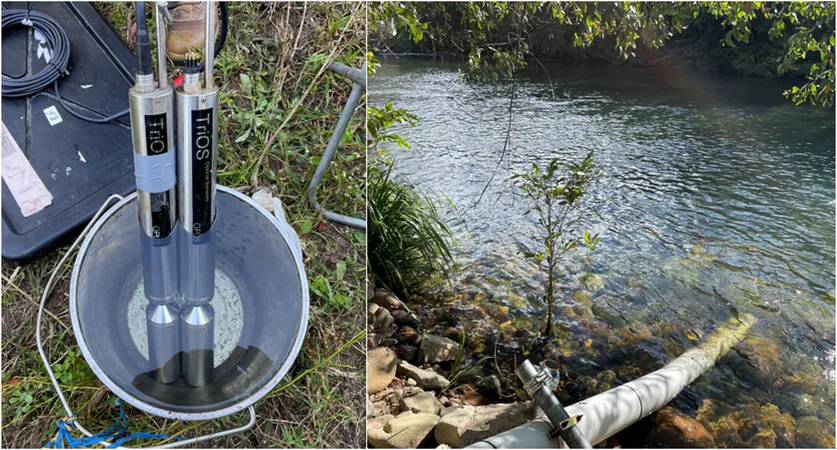


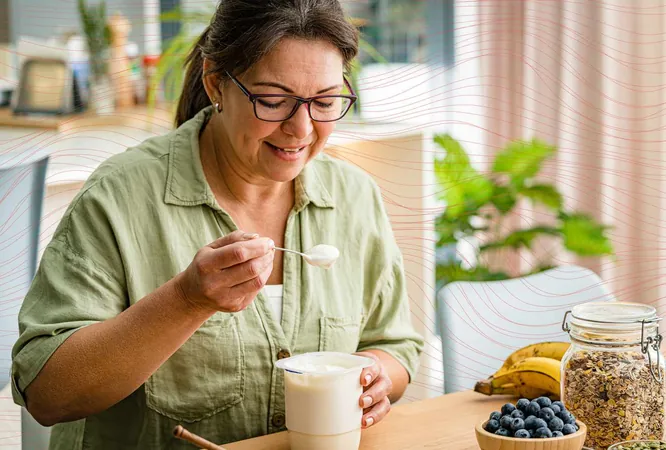



 Brasil (PT)
Brasil (PT)
 Canada (EN)
Canada (EN)
 Chile (ES)
Chile (ES)
 España (ES)
España (ES)
 France (FR)
France (FR)
 Hong Kong (EN)
Hong Kong (EN)
 Italia (IT)
Italia (IT)
 日本 (JA)
日本 (JA)
 Magyarország (HU)
Magyarország (HU)
 Norge (NO)
Norge (NO)
 Polska (PL)
Polska (PL)
 Schweiz (DE)
Schweiz (DE)
 Singapore (EN)
Singapore (EN)
 Sverige (SV)
Sverige (SV)
 Suomi (FI)
Suomi (FI)
 Türkiye (TR)
Türkiye (TR)